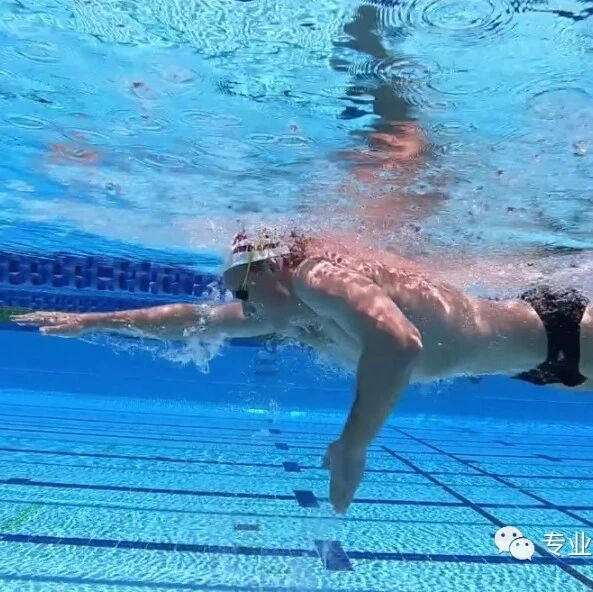How can you improve your swimming skills without leaving home? Try indoor land-based exercises!
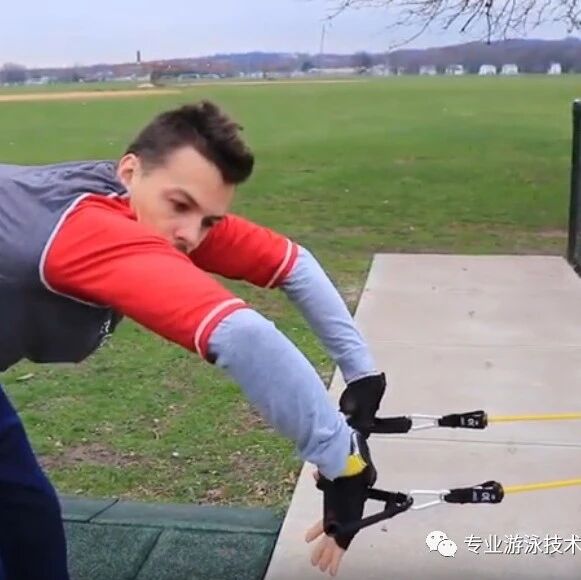
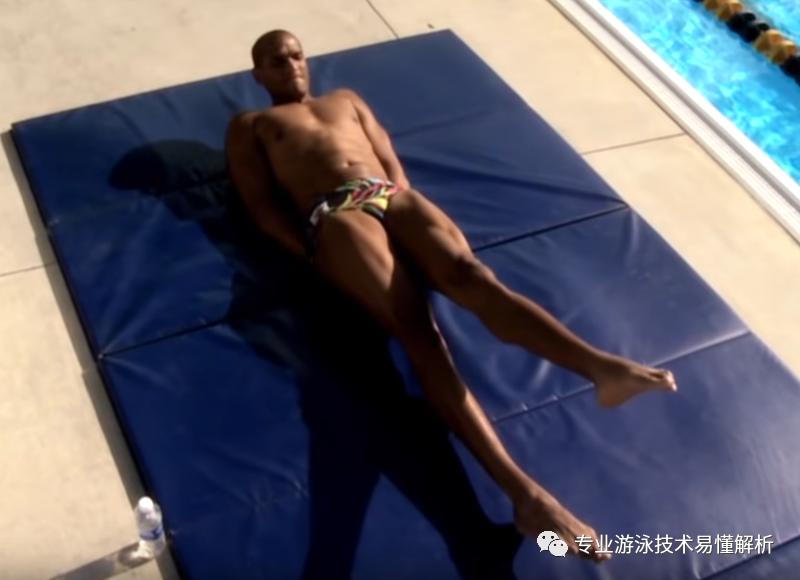
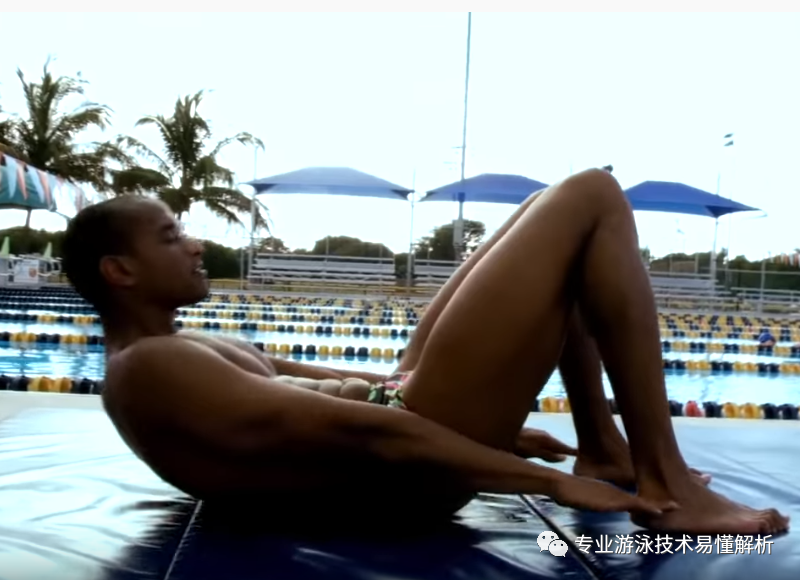
Lie on your back, with your head leading the effort to lift your upper body upward. Keep both legs straight and push them forcefully toward the ceiling, maintaining the "two ends high, core low" posture for 10–20 seconds. Next, keep your upper body still while simultaneously moving both legs—one leg slowly rising, the other gently lowering—in a slow, controlled kicking motion. Pay close attention to the sensation of your core muscles tightening throughout the exercise.
Next, lower both legs while keeping your feet flat on the ground. Extend your arms straight out to the sides of your body, then powerfully lift your upper body off the floor. Perform one set of 10 repetitions, and depending on your fitness level, complete 3 or more sets. This exercise is similar to a traditional sit-up, but it places greater emphasis on engaging your core muscles.
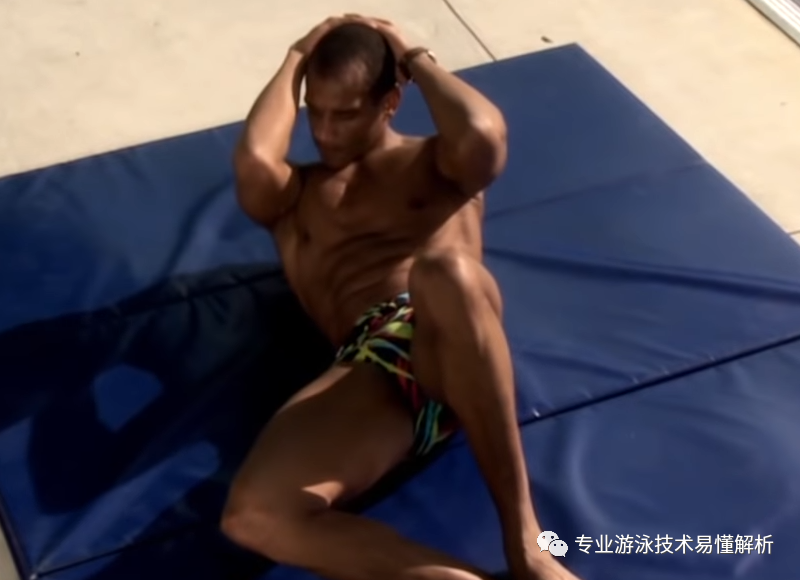
2. Lateral Core Strength Exercises
The arm movements in freestyle—specifically the catch and push phases—primarily rely on the shoulder and back muscle groups, as well as the lateral core muscles. The strength of the lateral core can be simply described as what’s commonly known as the "wing muscles."
Lie on your back with your hands clasped behind your head, resting one side of your body on the ground while keeping the other side slightly lifted. Place the sole of the raised leg firmly on the ground, using your legs to support yourself. Then, reach forward as far as possible with your elbow to touch the knee of the leg you’re supporting. Perform 20 repetitions in this sequence, and once finished, switch to the opposite side to continue the exercise.
Waist-side strength exercises are slightly more challenging than core-strength workouts. When performing them, in addition to keeping your core tightly engaged, you also need to distribute your strength carefully to maintain overall body balance.
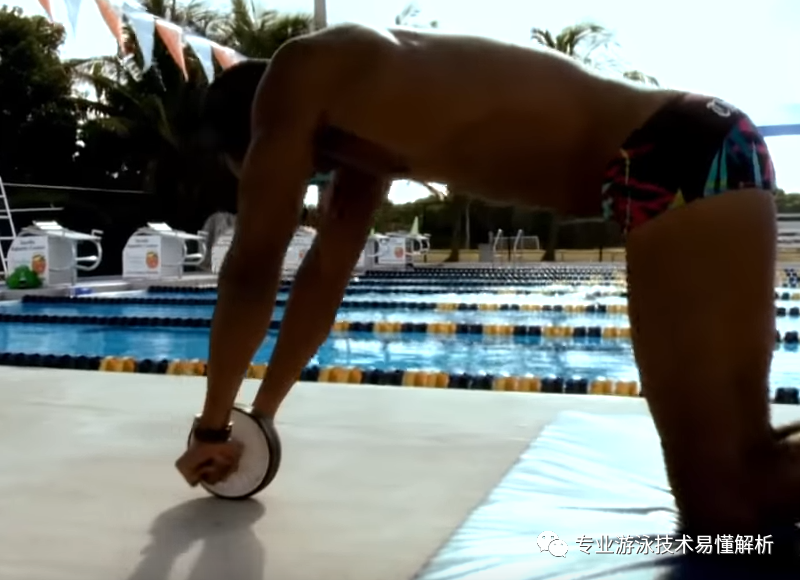
3. Balance Training Exercises
Many people have tried the plank exercise, which is great for building core strength and endurance. If you use an ab roller instead, the results can be even more effective. Start by kneeling on your knees with both legs, then extend your arms as you roll the ab roller forward. As you pull the roller back, keep your back straight and shift your weight firmly onto your upper body—avoid letting your hips take most of the load. This targeted approach will maximize the benefits of the exercise.
Similarly, the plank exercise can also be modified into a side-body strength workout. By simultaneously engaging the arm and leg on one side of the body to lift and support it—keeping the upper arm, elbow, and foot in contact with the ground while maintaining the side-plank position—you can enhance your ability to stabilize your hips. This exercise is particularly beneficial for maintaining hip stability and improving lateral body rotation during swimming.
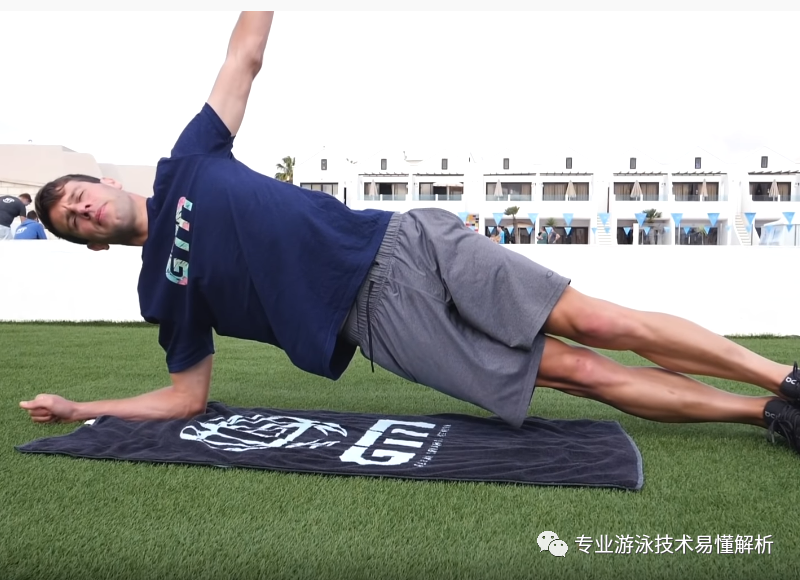
In addition to the exercises mentioned above, there’s another commonly used specialized drill for swimming: the resistance rope exercise. This is highly effective in building arm strength and improving stroke mechanics during freestyle swimming, making it well worth incorporating into your training routine.
It's important to note that the resistance rope should be specifically designed for swimming exercises—do not substitute it with regular rubber bands. When performing resistance rope drills, maintain a high-elbow, water-engaging arm position; avoid letting your elbow drop, as this could lead to an improper "dragging-elbow" technique while pulling the rope.
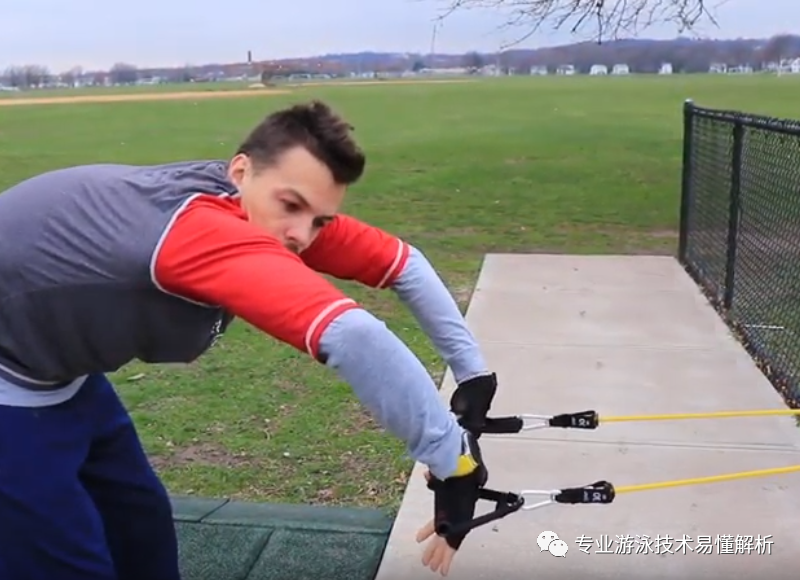
Related Articles
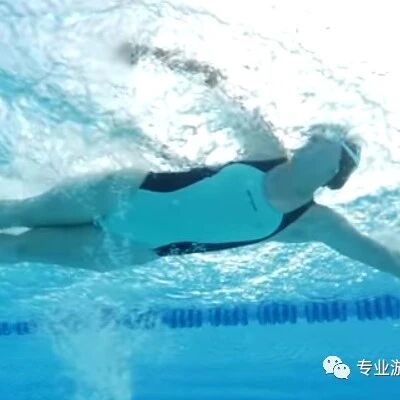
Nice move—Three-Stage Yangtze Wave! If you can master this technique, your swimming speed will really take off!
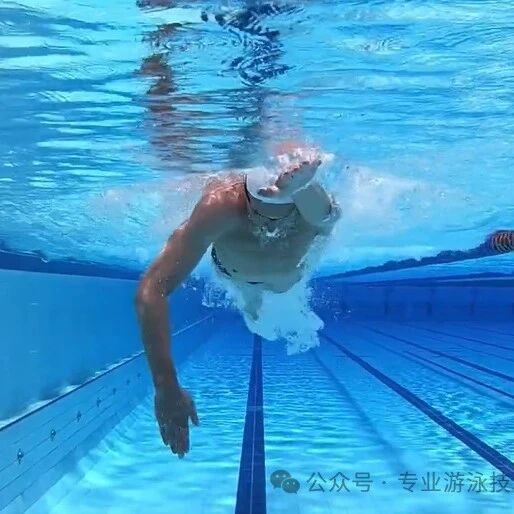
When swimming freestyle, avoid digging your arms deeply into the water—maintaining a smooth, rhythmic motion is key to improving efficiency.
